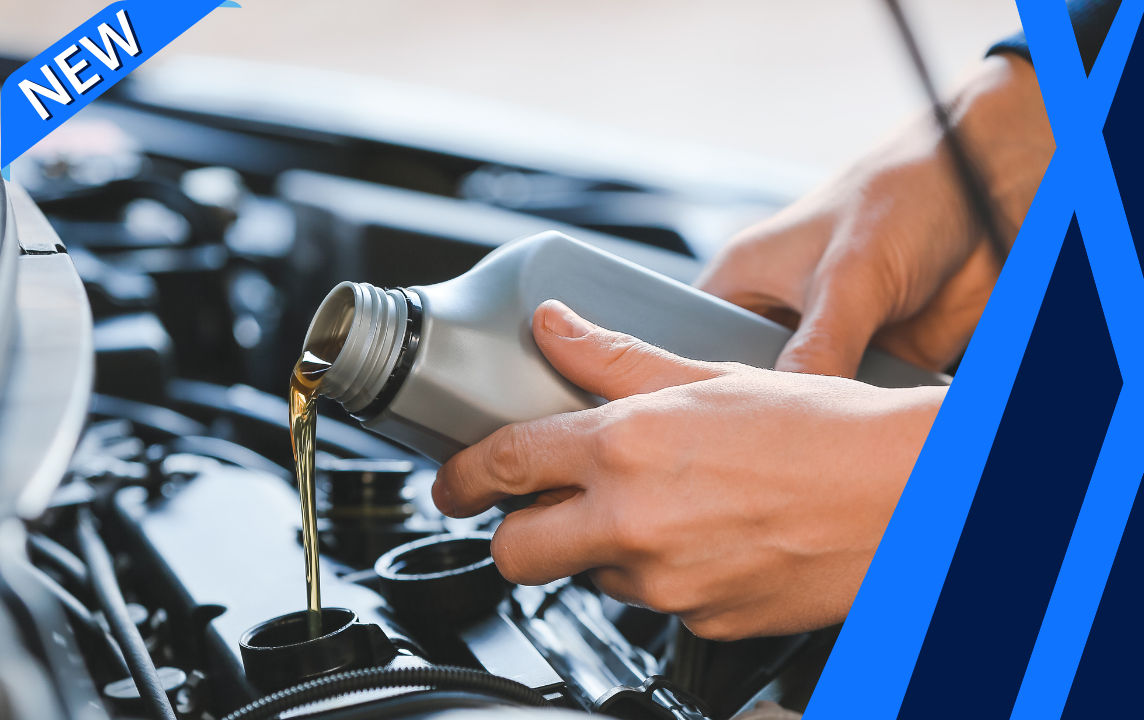Description
Brake rotors are turning blue Inspection
How this system works:
Disc brakes are actually pretty easy to understand. Pressurized brake fluid is sent through the lines from the master cylinder. In the calliper, the fluid actuates a piston, which effectively closes the calliper. This pinches the brake rotor between the inner and outer brake pads.
The harder you press the brake pedal, the harder the calliper pinches/squeezes the rotor. In a car equipped with antilock brakes, the ABS system keeps them from locking up by pulsating the brakes dozens of times per second.
The squeezing action of the calliper and pads against the rotor creates friction and heat. Friction is a necessary component here–it’s what slows and stops your car. Heat is unavoidable, but excessive temperatures can actually cause damage. This is where bluing can occur. If one of your rotors has turned blue, it’s important to have the problem diagnosed, as it’s an indication that something’s wrong. Over time, it could even lead to cracking of the rotor and damage to the pads, as well as compromising your safety on the road.
Common reasons for this to happen:
- Locked Caliper: One very common reason for rotors to turn blue is that the calliper is locked and the brake pads remain in almost constant contact with the metal. This might be slight enough that you don’t notice any drag during normal operation, but it will be enough to generate significant heat and wear.
- Corroded Slide Pins: Your car’s callipers slide back and forth on metal pins. These pins need to be well lubricated, clean and free of debris. If they become corroded, the calliper will not slide in and out properly and can remain too close to the rotor rather than moving back to the start position.
- Pinched/Deteriorating Brake Line: Your brakes work on hydraulic pressure. If there’s damage to one of the brake lines (a kink, or internal damage to the liner that limits the amount of fluid flowing in and out), it can cause your calliper to stay at least slightly engaged at all times. This generates heat and blues your rotor.
- Driver Error: If you’re a “two-footed” driver or regularly ride your brakes because you do a lot of stops and go driving or live in an area with lots of hills, you could be the inadvertent cause of the problem. Constantly engaging your brakes causes the same buildup of heat as having a locked calliper, but you’ll notice bluing on two or four rotors, rather than just one.
What to expect:
A top-rated mobile mechanic will come to your home or office to inspect your brake system, including the calliper, rotor, lines, pads and more. The mechanic will then provide a detailed inspection report that includes the scope and cost of the necessary repairs.
How it’s done:
The mechanic will need to inspect the entire system visually. A test drive may be necessary, as well as other diagnostic steps. The mechanic will determine if there is a drag on the affected wheel/wheels from a locked calliper and then advise you on the next step in the repair process.
How important is this service?
Having brake rotors that turn blue is more than just an anomaly. It can become an expensive problem, and it can also reduce your safety on the road. Extreme heat can cause your rotors to warp and even crack, and your brake pads will deteriorate rapidly, leaving you with less stopping power. If the problem affects both front brakes, you may also notice brake fade. One of our professional mechanics can diagnose and repair the problem for you.




